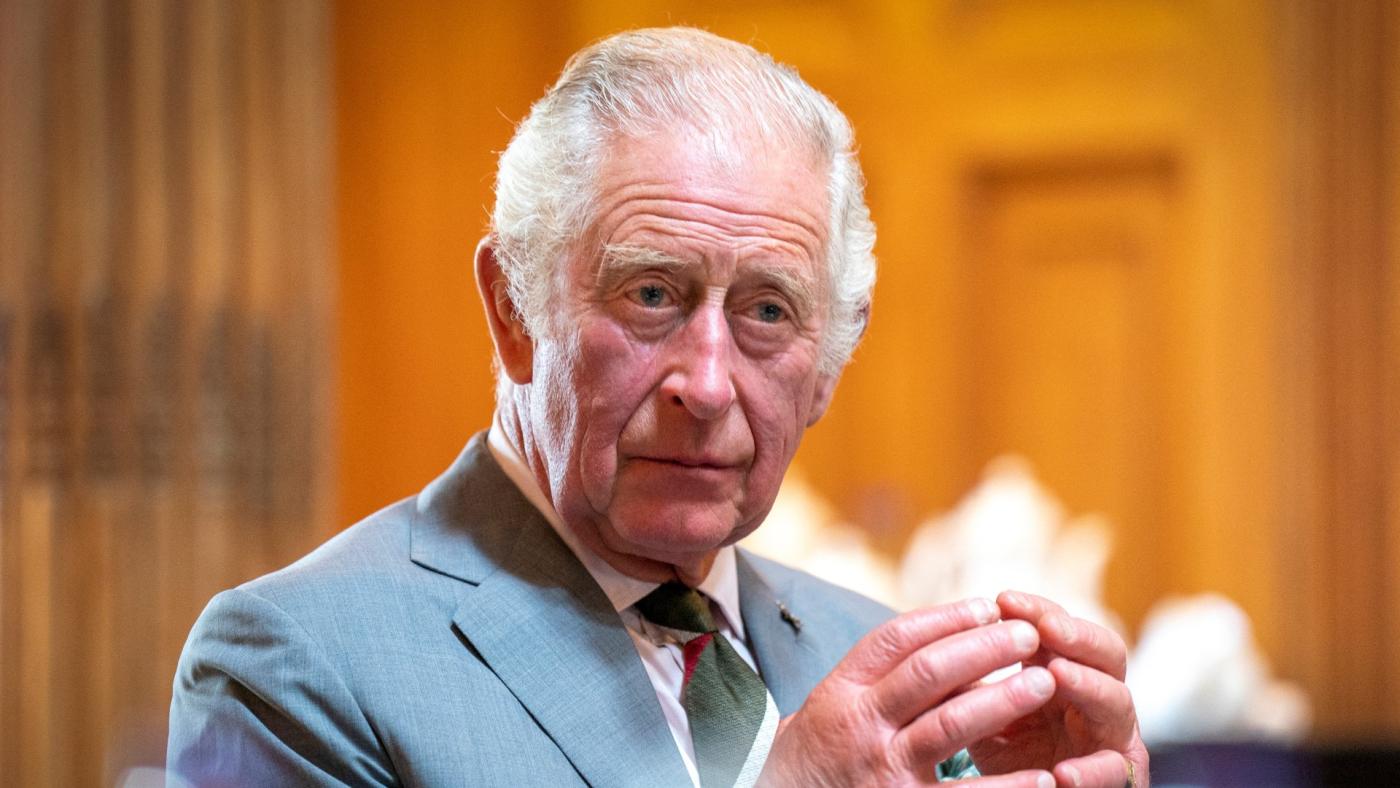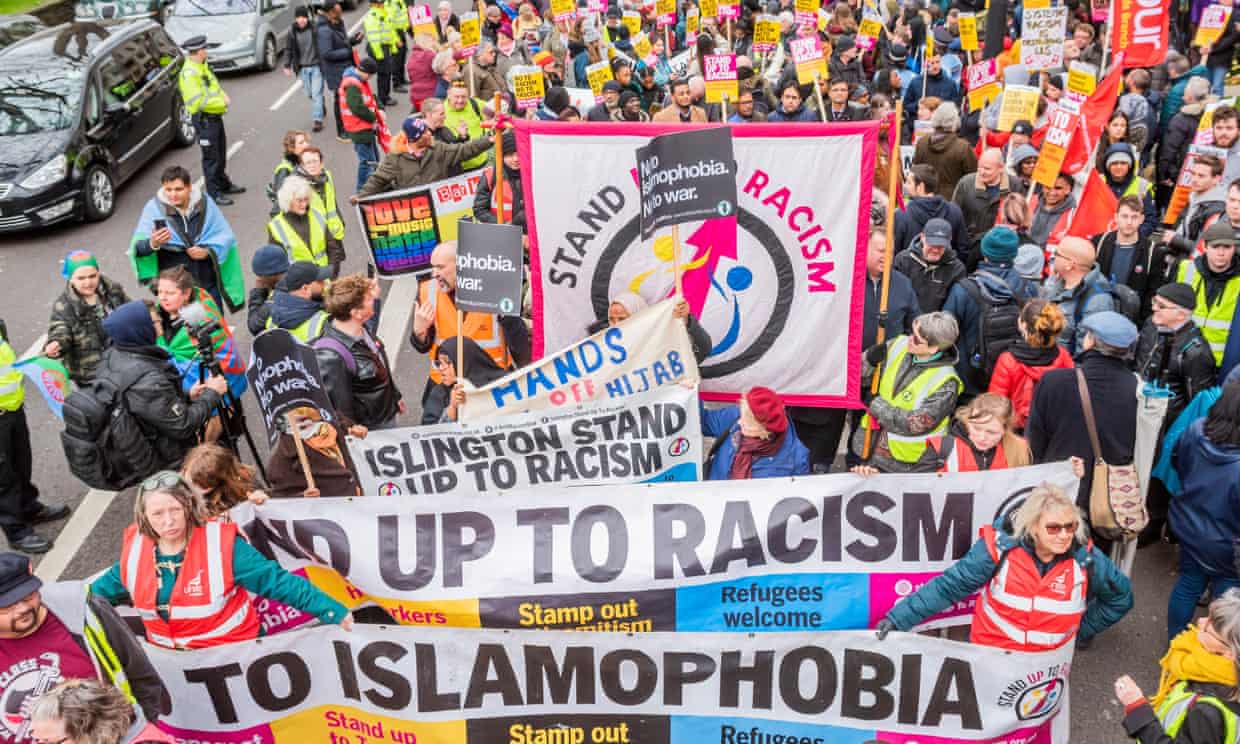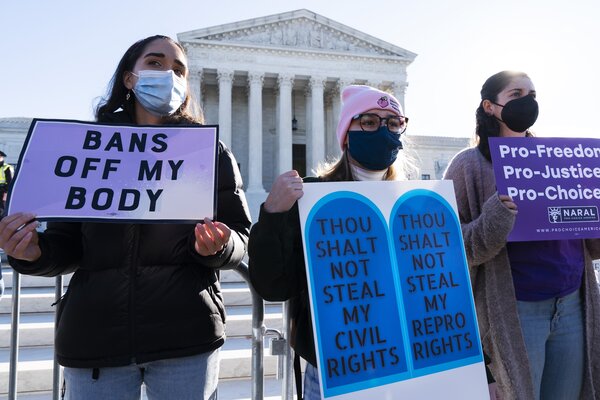(WASHINGTON, D.C., 6/20/12) –- The second installment in a series of reports based on the U.S. Mosque Survey 2011 released today indicates that Islamic houses of worship are “healthy and growing” and are engaged in a high level of educational, interfaith and outreach activities.
A coalition of major American Muslim and academic organizations sponsored the comprehensive study of mosques and the attitudes of mosque leaders in the United States from which the latest report, titled “The American Mosque 2011: Activities, Administration and Vitality of the American Mosque,” was compiled.
To view the entire report, click here.
To conduct the survey, researchers counted all mosques in America and then conducted telephone interviews with a sample of mosque leaders. (The study has a margin of error of plus or minus 5 percent.)
Major findings of the report released today include:
* Full-time Islamic schools have experienced significant growth in the past decade.
* Almost two-thirds (63 percent) of mosques indicated that they have hosted an open house for their neighbors of other faiths in the past 12 months.
* The majority of mosques (70 percent) use only English for the main message of the khutbah (sermon).
* The vast majority (88 percent) of American mosque leaders say domestic abuse should be addressed.
* In terms of social services, mosques compare very well with other religious congregations. For example, surveys show that only 26 percent of congregations of other faith traditions are involved in providing some type of health programing as compared to 45 percent of mosques. Only 29 percent of other religious congregations are involved in community organizing activities, while 47 percent of mosques are involved in these types of activities.
* A majority of mosque leaders (71 percent) agreed that their mosque is working for social justice. African American mosques are the most likely (87 percent) to be active in social justice.
* The role of the religious leader (Imam) is becoming more professionalized.
* The percentage of mosques unaffiliated with any national organization has increased significantly over the past few decades.
The report also outlines challenges faced by American mosques, including:
* Mosques need support and inspiration in establishing and strengthening weekend schools and youth activities.
* Mosques need to be made more women-friendly.
* The American Muslim community needs its own institutions to increase the number of American-born Imams and to supplement the training of Imams from abroad.
The first report based on the U.S. Mosque Survey 2011, released earlier this year, showed that the number of American mosques increased 74 percent since 2000 and that Islamic houses of worship are ethnically-diverse institutions led by officials who advocate positive civic engagement. A third report on women in American mosques is forthcoming.
Sponsors of the U.S. Mosque Survey 2011 include: The Hartford Institute for Religion Research (Hartford Seminary), the Association of Statisticians of American Religious Bodies (ASARB), the Council on American-Islamic Relations (CAIR), the Islamic Society of North American (ISNA), the Islamic Circle of North America (ICNA), and the International Institute of Islamic Thought (IIIT).
The U.S. Mosque Survey 2011 is part of a larger study of American congregations called Faith Communities Today (FACT), which is a project of Cooperative Congregational Studies Partnership, a multi-faith coalition of denominations and faith groups.





